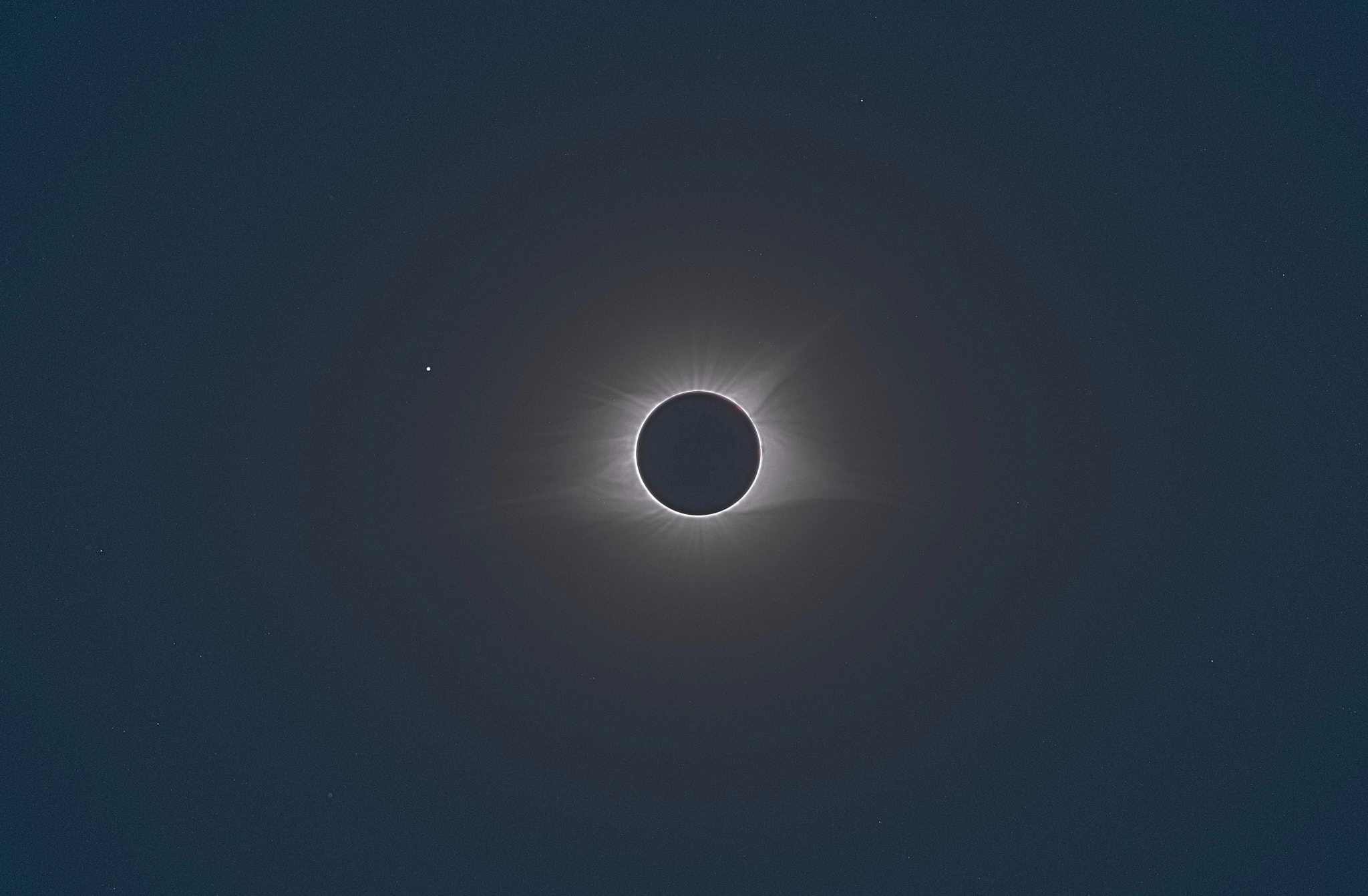After my successful effort to capture the eclipse in 2017 I was hooked. I made plans to see the total eclipse of April 8, 2024 early. I figured I’d take my full astrophotography rig since it totality would be driving distance from my home.
That was until I went out to practice setting up during daylight. Getting good enough polar alignment to allow me to track the sun during daylight was doable, but it was somewhat frustrating. The thing I learned in 2017 was that the solar eclipse is not a photo opportunity, it’s a once-in-a-lifetime experience. I didn’t want to clutter the experience with the tedium of equipment setup and alignment.
What I optimized for was: keeping the photography simple so I can enjoy the experience of totality. I think I did this somewhat less intentionally in 2017, but that became an overriding concern for 2024.
